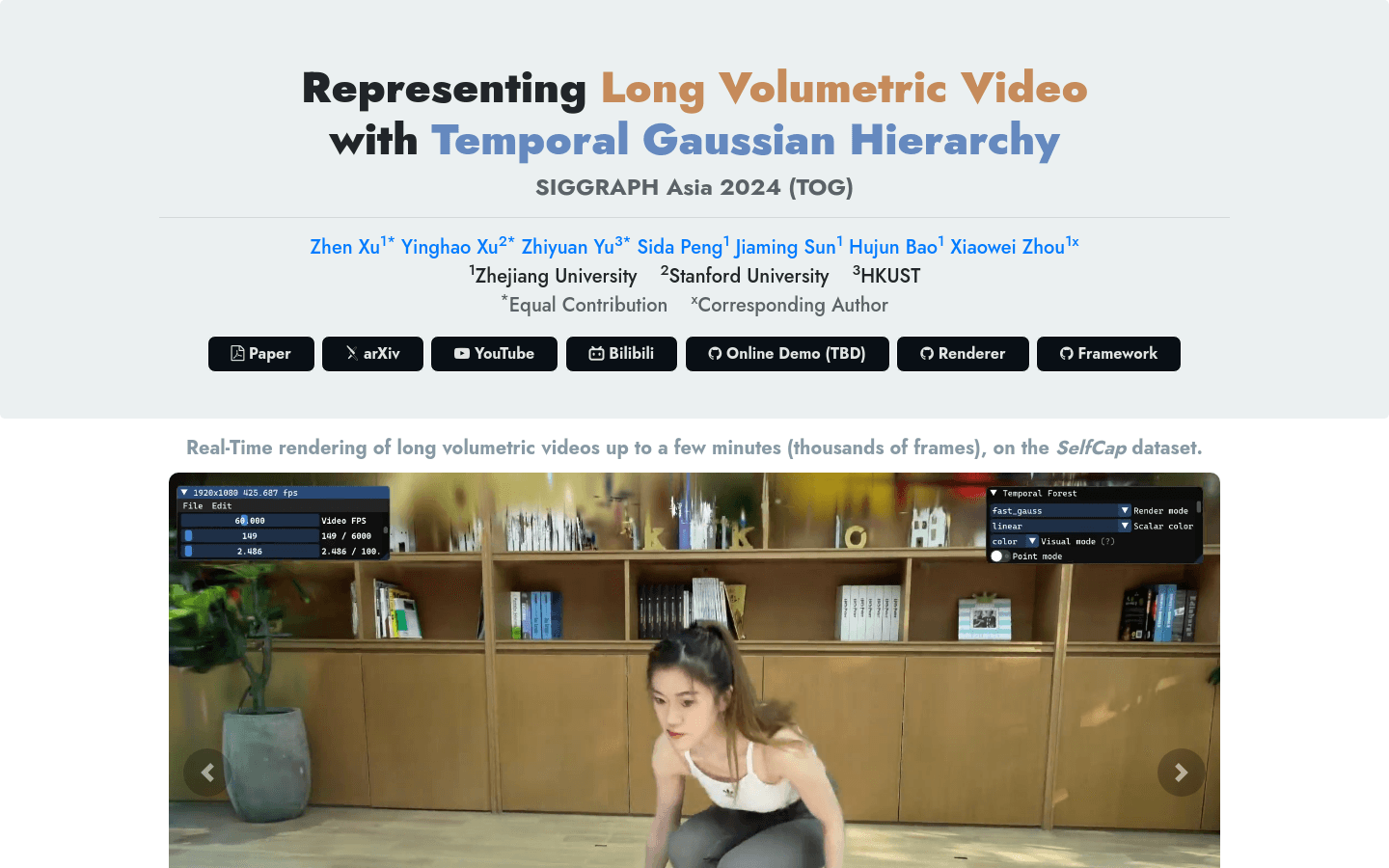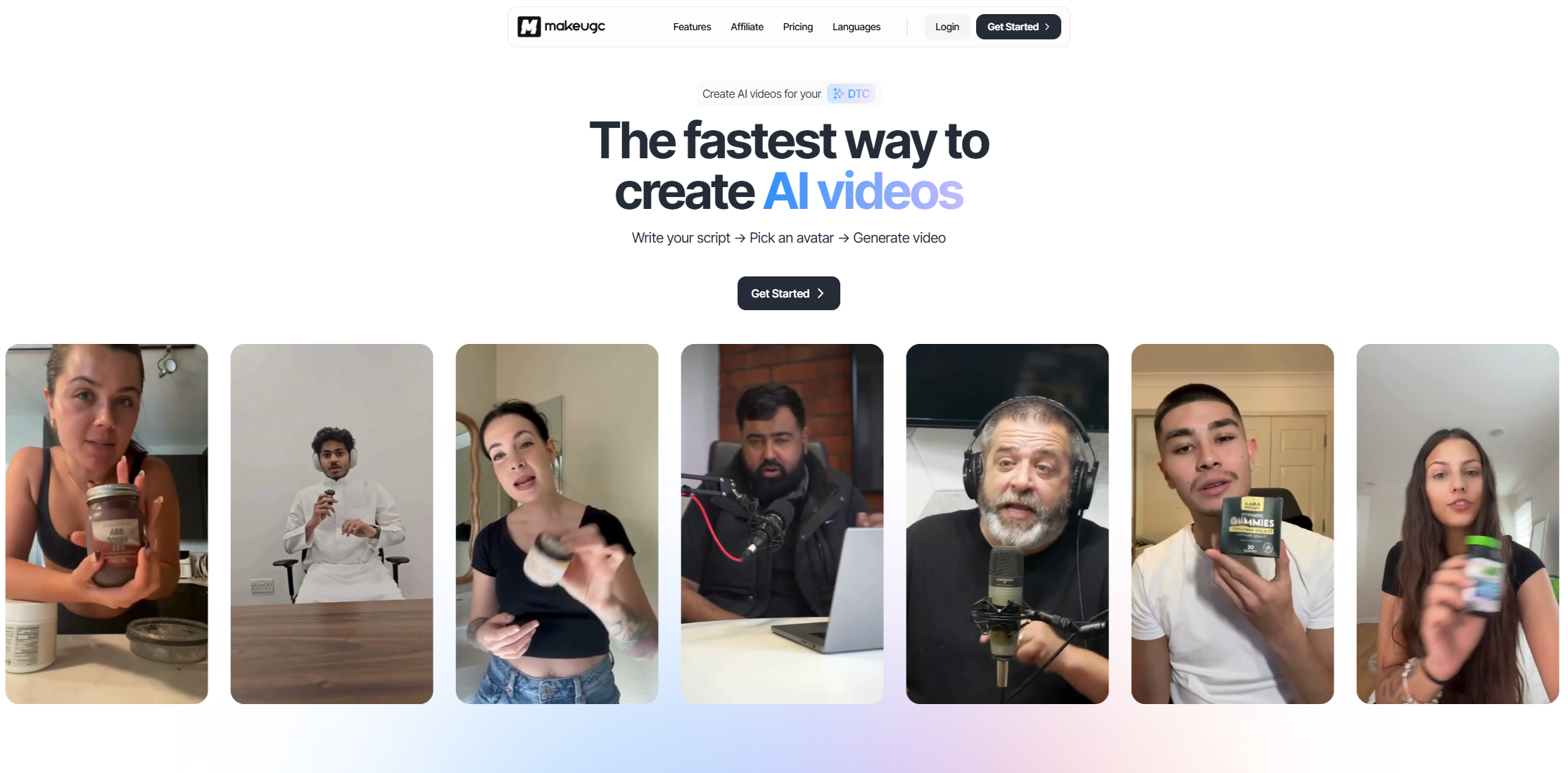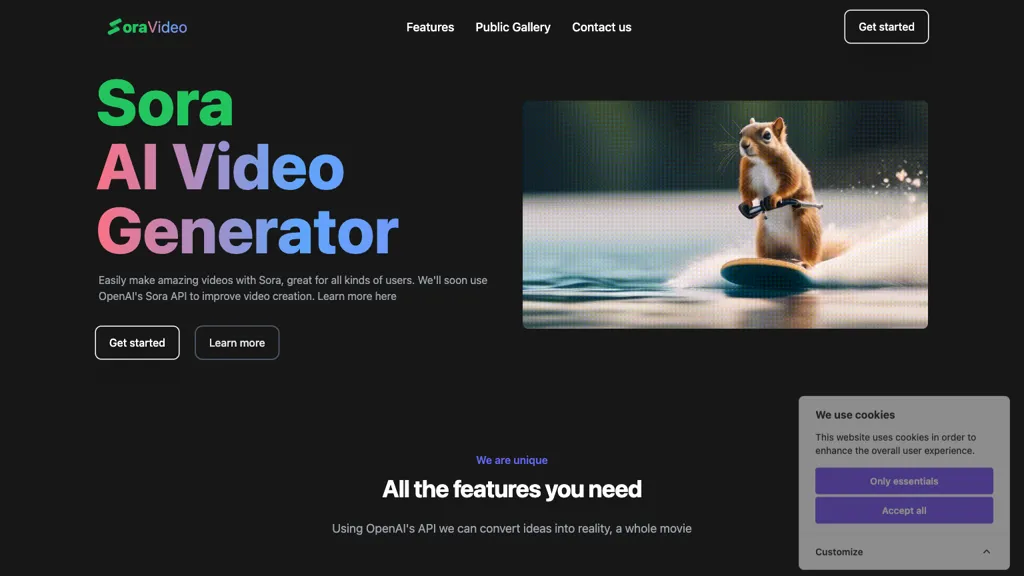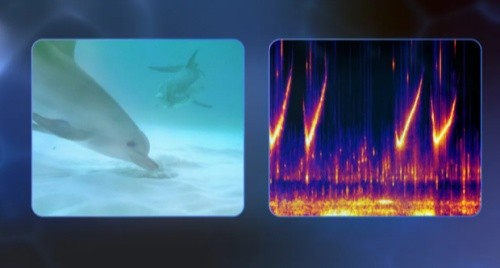
What is Long Volumetric Video ?
Long Volumetric Video is a breakthrough technology designed to reconstruct long-term 3D voxel videos from multi-angle RGB videos. It adopts an innovative 4D representation method called Temporal Gaussian Hierarchy, which can efficiently simulate long voxel videos, solving the problems of large memory usage and slow rendering speeds faced by traditional dynamic view synthesis technology when processing long videos.
Demand population:
This technology is mainly aimed at researchers and developers in the fields of video processing, computer graphics, and dynamic view synthesis. For applications where large amounts of video data are required, Long Volumetric Video provides an efficient solution that significantly reduces memory footprint and improves rendering efficiency.
Example of usage scenarios:
1. SelfCap dataset: Real-time rendering of long voxel videos, suitable for scenes that require high-precision human motion capture.
2. DNA-Rendering dataset: Shows real-time rendering effects, suitable for visualization needs in the field of biomedical science.
3. Sports dataset: Perform real-time rendering demonstration of long video sequences, suitable for sports analysis and training.
Product Features:
Temporal Gaussian Hierarchy: Compactly model long voxel videos to improve data processing efficiency.
Dynamic modeling: efficiently and efficiently handle different speed changes to ensure video fluency.
Sparse spherical harmonic coefficient: obtained by gradient threshold, compact storage and maintain view-dependent effects.
Real-time rendering: Supports real-time rendering to maintain state-of-the-art rendering quality.
Long video processing: Can process long video sequences of thousands of frames and realize real-time rendering.
Multi-dataset support: including SelfCap, DNA-Rendering, Sports, etc., providing a wide range of application scenarios.
Online Demo and Code: Provides framework code for online demonstrations and renderers for easy learning and use by users.
Tutorials for use:
1. Visit the online demonstration page of Long Volumetric Video .
2. Click the 'Paper' or 'arXiv' link on the page to read the relevant research papers.
3. Download the required renderer and framework code through the 'Renderer' and 'Framework' links.
4. Set up and run the demo of Long Volumetric Video based on the provided code and documentation.
5. Test the effect of Long Volumetric Video on different data sets and compare the differences with traditional methods.
6. Adjust the code as needed to adapt to specific application scenarios and needs.
Through the above steps, users can quickly get started and make full use of the powerful features of Long Volumetric Video to improve video processing efficiency and quality.







